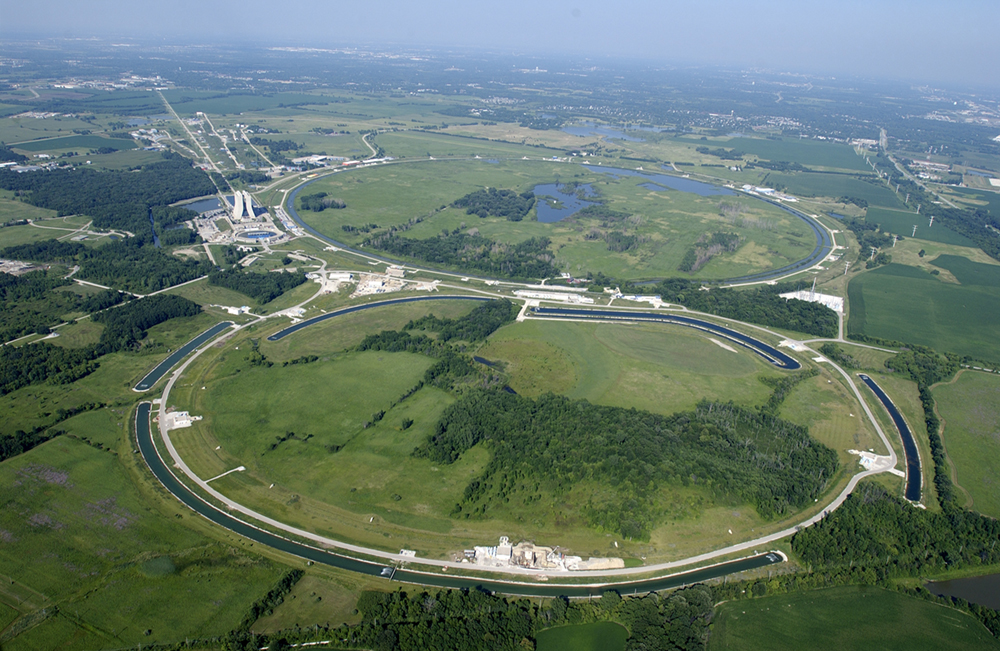| << Chapter < Page | Chapter >> Page > |
Solution for (a)
First calculate . We will carry extra digits because this is an intermediate calculation.
Next, we use this value to calculate the kinetic energy.
Solution for (b)
Discussion
As might be expected, since the velocity is 99.0% of the speed of light, the classical kinetic energy is significantly off from the correct relativistic value. Note also that the classical value is much smaller than the relativistic value. In fact, here. This is some indication of how difficult it is to get a mass moving close to the speed of light. Much more energy is required than predicted classically. Some people interpret this extra energy as going into increasing the mass of the system, but, as discussed in Relativistic Momentum , this cannot be verified unambiguously. What is certain is that ever-increasing amounts of energy are needed to get the velocity of a mass a little closer to that of light. An energy of 3 MeV is a very small amount for an electron, and it can be achieved with present-day particle accelerators. SLAC, for example, can accelerate electrons to over .
Is there any point in getting a little closer to c than 99.0% or 99.9%? The answer is yes. We learn a great deal by doing this. The energy that goes into a high-velocity mass can be converted to any other form, including into entirely new masses. (See [link] .) Most of what we know about the substructure of matter and the collection of exotic short-lived particles in nature has been learned this way. Particles are accelerated to extremely relativistic energies and made to collide with other particles, producing totally new species of particles. Patterns in the characteristics of these previously unknown particles hint at a basic substructure for all matter. These particles and some of their characteristics will be covered in Particle Physics .

We know classically that kinetic energy and momentum are related to each other, since
Relativistically, we can obtain a relationship between energy and momentum by algebraically manipulating their definitions. This produces

Notification Switch
Would you like to follow the 'College physics' conversation and receive update notifications?